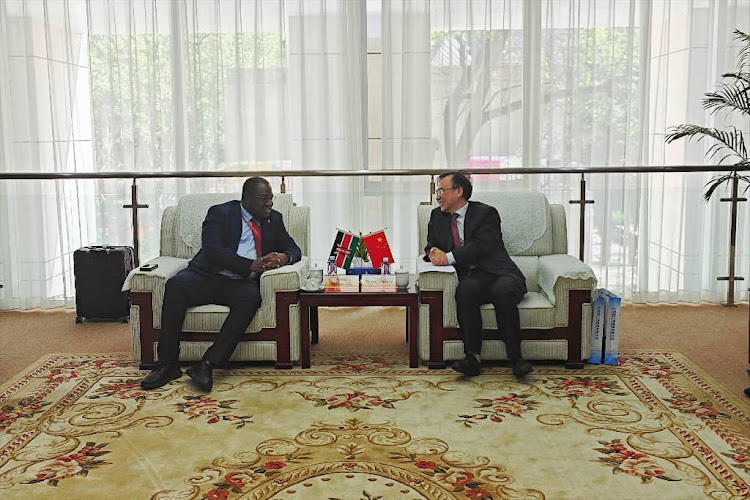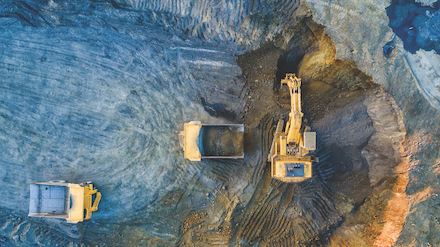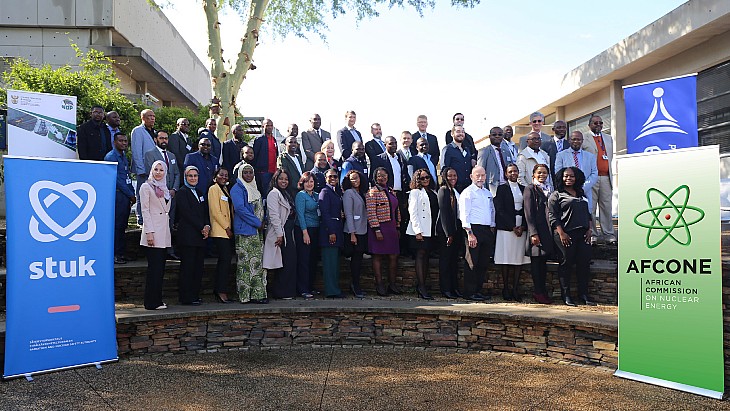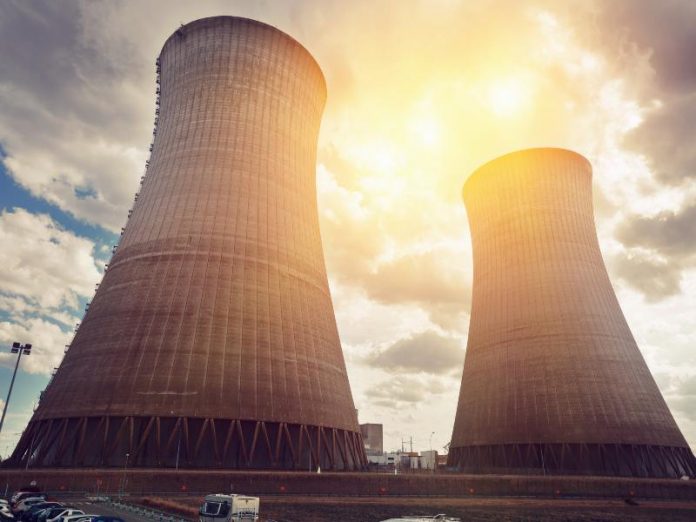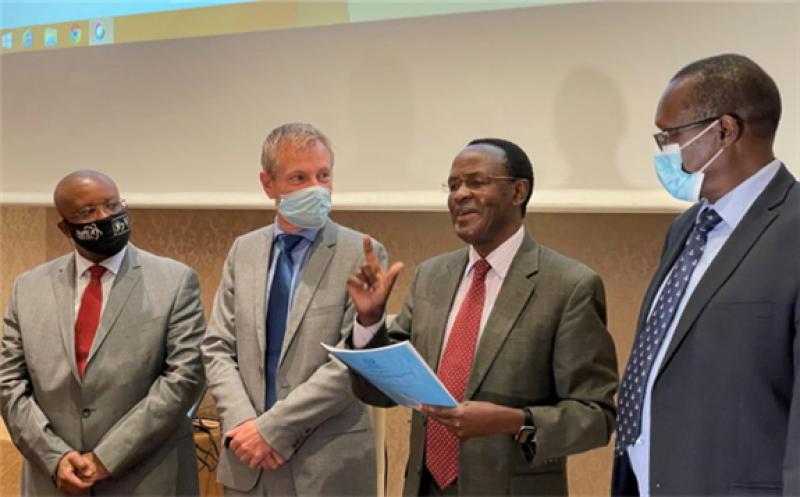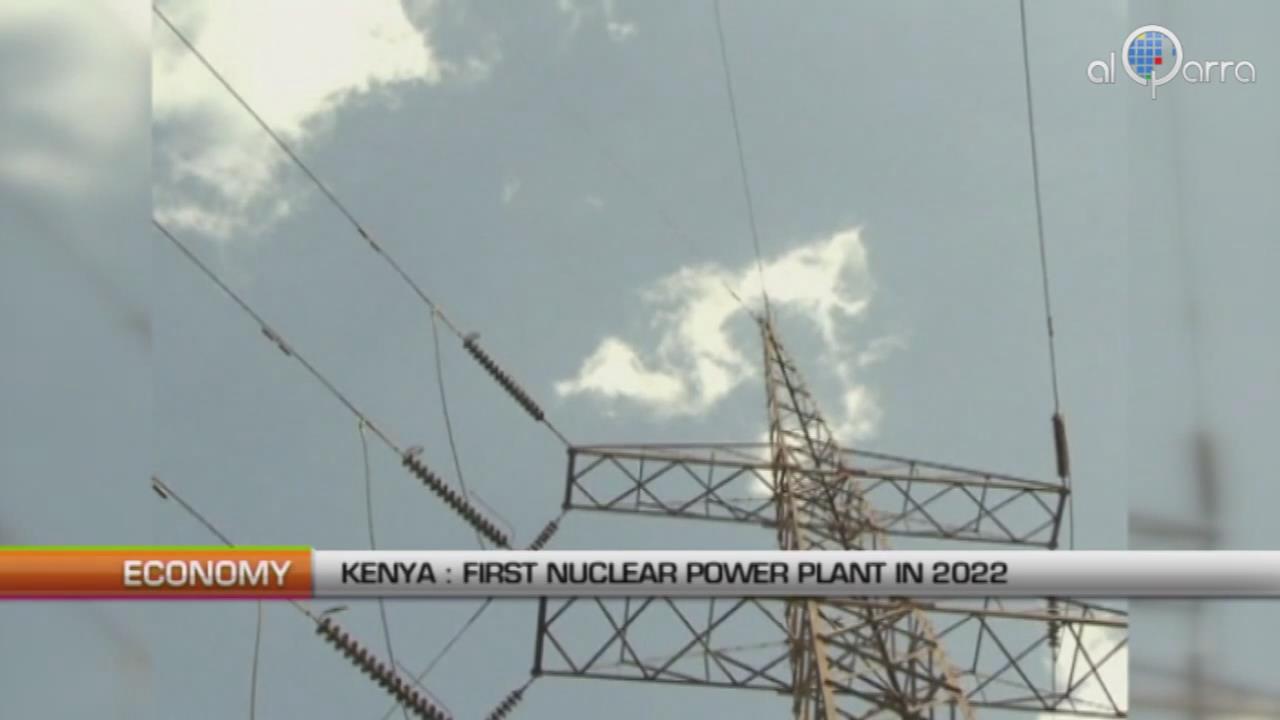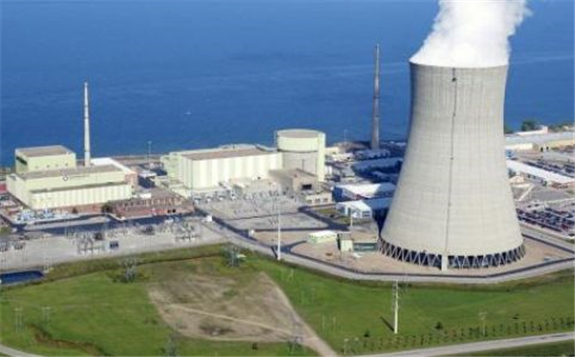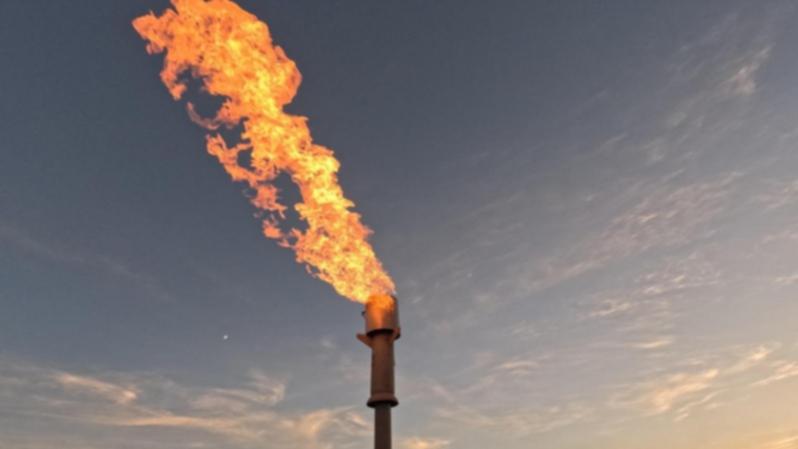
TMK Energy has assumed full ownership of the 8400-square-kilometre Gurvantes XXXV coal seam gas project in Mongolia, as three pilot wells flow gas to surface at rates as high as 13,000 standard cubic feet (mscf) per day.
Management says it has issued 1.092 billion fully-paid shares and 546 million listed options to Talon Energy to claim the remaining 33 per cent interest in the project. As part of the deal, the company has received about $750,000 in cash.
The Gurvantes XXXV pilot project has produced gas volumes doubling month-on-month after the initial flush production period in August this year, as it moves closer to commercial production. During November, the gas flow rates were sufficient enough to maintain a gas flare due to an impressive 98 per cent pump uptime.
The company says its coal seams at Gurvantes XXXV contain a best-estimate (2C) contingent resource of 1.2 trillion cubic feet (TCF) - the biggest coal seam gas resource in Mongolia. The three vertical production wells – named Lucky Fox-1, 2 and 3 – penetrate the coal seams and have allowed the gradual reduction of downhole pressure by surface pumps.
We welcome Talon and in the near future, its shareholders, who will continue to be a part of our Project and our Company via the in-specie distribution of the Consideration Securities that Talon will undertake, in what is a very exciting period for the Company. The Gurvantes Project continues to meet our stated milestones with the pilot well program producing in line with our expectations. We now look forward to 2024, with a 100% ownership of the Project, where we aim to continue to demonstrate the enormous potential of what is a world-class coal seam gas resource on the doorstep of the world’s largest energy market.
TMK Energy chief executive officer Brendan StatsManagement says its wells continue to display characteristics typical of most of the world’s successful coal seam gas projects during the initial desorption period. That is, when the downhole pressure is reduced to facilitate migration of gas molecules from the formation pore space into the wellbore and up to the surface where they are measured.
In August this year, after the initial flush production period, the wells produced 72.7mscf for the month. That number dropped to 30.7mscf and 60.1mscf in September and October, following pump issues with the Lucky Fox-3 well.
In November, the pump issues were consigned to the rear-vision mirror and the total gas produced for the month jumped to 130.5mscf, peaking at 13mscf per day on November 30 – about a 360 per cent increase over the highest daily rate measured in the previous month.
TMK says downhole water levels are gradually decreasing, which is an indicator of good permeability and connectivity. November’s average water production was 496 barrels per day.
The Gurvantes XXXV project sits in the South Gobi Basin about 300km north of the main Chinese east-west gas pipeline, representing a potential market option for TMK should the Mongolian gas market be satisfied.
China is the world’s third-biggest gas market and was also the top liquefied natural gas (LNG) importer in 2021 before falling behind Japan last year. It then replaced Japan as the top importer in the first half of this year.
China’s pipeline imports grew by 7.8 per cent year-on-year to 2.2 TCF of gas last year. The 54 per cent jump in imports from Russia, from 367 billion cubic feet (BCF) to 565 BCF, was one driver of the growth as Russia continues to increase deliveries to China through the massive 4000km-long Power of Siberia pipeline, which is expected to reach its capacity of 1.34 TCF by 2025.
